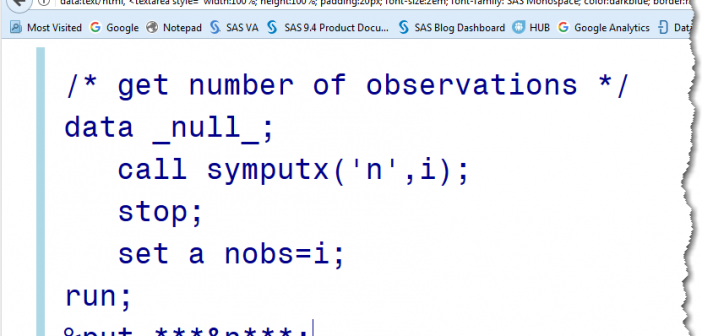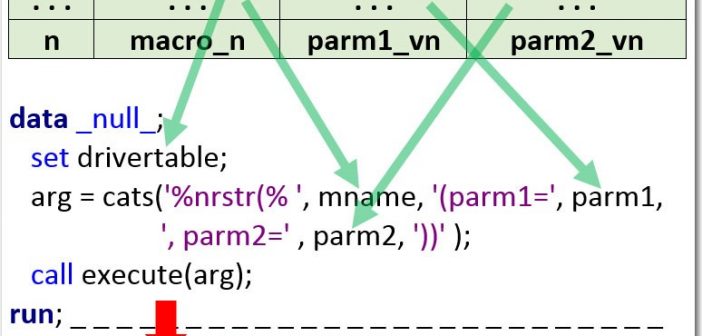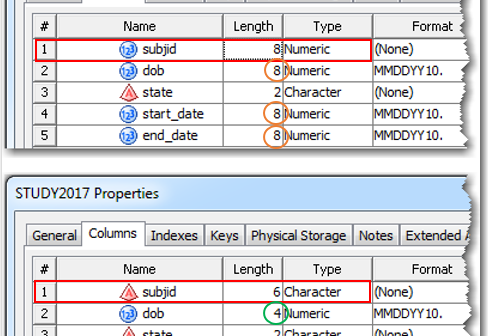
Whether you are a SAS code creator, a blogger, a technical writer, an editor-in-chief, an executive, a secretary, a developer or programmer in any programming language or simply someone who uses computer or hand-held device for writing, you need to read this blog post – your life is about to










